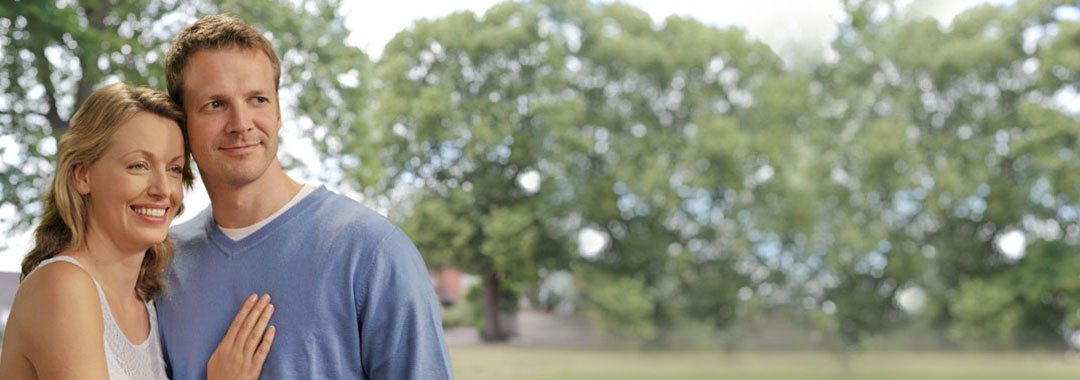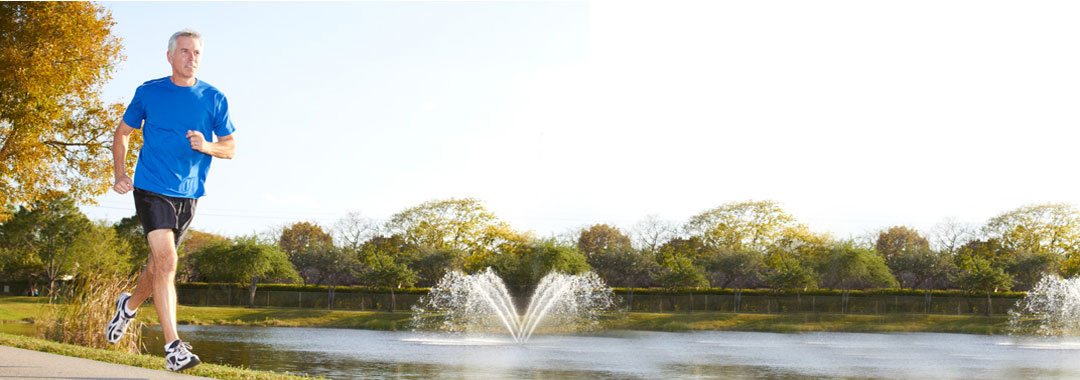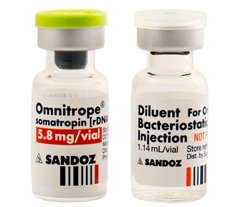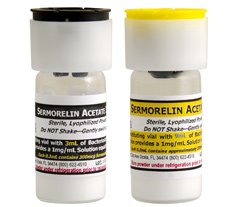Exercise to Increase Testosterone Levels
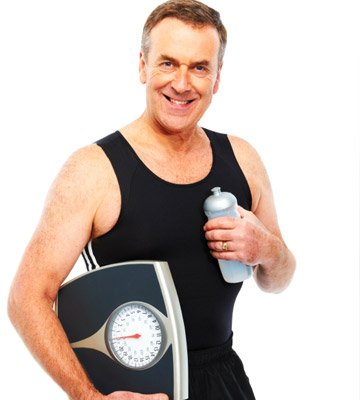
The use of exercise to increase testosterone levels in men and women is where gender differences often come into play. It is not as simple as saying which exercise is best for testosterone production as that varies between males and females. It has long been known that extended sessions of cardio or aerobic training can lower male testosterone levels. However, the reverse might be true for females. Unfortunately, there have not been as many studies on women, exercise, and testosterone as there have been on men.
As we begin our look into how to increase your testosterone levels with exercise, we want to point out that it is always best to speak with a doctor before starting any new physical training program – especially if you have been living a sedentary lifestyle for some time.
Does exercise increase testosterone levels in adults?
For the most part, the answer is yes; you can exercise to increase testosterone levels. It is crucial to understand the best types of exercise, and not to overdo, as that can have the reverse response.
One recent study of 17 men and 12 women looked at CrossFit®, and how it would compare to high-intensity functional training (HIFT). CrossFit® exercises consist of varied functional movements executed with relatively high intensity. Very little or no resting time exists between the exercises, and the goal is to complete the tasks as quickly as possible. Because there is no individualization to training loads, injury risk can increase. Movements included are:
- Weightlifting
- Metabolic conditioning
- Gymnastics
A review of the results of this type of exercise to increase testosterone level production consisting of five consecutive days of training each week with two resting days are as follows:
- Cortisol levels in men were significantly lower at six months than at two and four months into the program – the difference in women was insignificant, although slightly lower
- Testosterone levels in men continued to increase every two months, with them falling well into the normal range at the six-month mark – while testosterone increased in women at the two and four-month checks, but declined back down to the pre-exercise levels after six months
- CD8 lymphocytes (but not CD4) improved in both men and women to benefit the immune system
The results of this study were consistent with previous research that shows testosterone level elevation with high-intensity interval training (HIIT) and high-intensity aerobic exercise (HIT).
It is possible to use exercise to increase testosterone levels.
How Does Exercise Influence Testosterone Levels?
The first way you can use exercise to increase testosterone levels is to help you with weight loss. The more belly fat you have, the lower your testosterone levels will likely get. One problem with belly fat is that it produces an enzyme known as aromatase, which is responsible for the task of converting free testosterone into estradiol. Now, testosterone is one of the critical precursor hormones to estrogen, so this process is beneficial. The issue becomes when a person has excess belly fat, which causes a boost in aromatase. The result is too much testosterone conversion and an imbalance in the testosterone to estrogen ratio in the bloodstream. Since higher estrogen levels influence fat retention, it only worsens the problem.
How does exercise increase testosterone levels as it builds muscle?
Muscle increase is one of the primary ways that exercise boosts testosterone. Think of it like this:
More Muscle and Less Fat = Higher Testosterone
Less Muscle and More Fat = Lower Testosterone
Why does exercise increase testosterone?
Exercise stimulates the release of hormones from the hypothalamus, pituitary gland, testes, ovaries, and adrenal glands. In one study of men with low testosterone, both groups received testosterone therapy, but only one participated in exercise. The exercise group engaged in three sessions of 80 minutes per week (20 min aerobic, 10 min whole body stretching, 20 min strength training, 20 min aerobic) adjusted to individual capacity. Testosterone levels were significantly higher in the group that exercised.
Does exercise increase testosterone in females?
Postmenopausal women who have elevated testosterone levels (which can result in increased estrogen levels) have a higher risk of breast cancer. Low testosterone is also a concern, as it may result in an unsafe ratio of low testosterone/high estrogen. Some studies have shown that exercise decreases testosterone levels in women, which can also help lower estrogen levels. Other studies point to resistance training as a way to temporarily increase testosterone while targeting fat distribution.
In one review that looked at numerous published studies, both high-intensity exercise and resistance training had decreasing effects on free testosterone levels in women. The decrease in total testosterone was not as significant. Supervised exercise resulted in more noticeable effects on androstenedione, a precursor hormone to testosterone. The effect of DHEA, the other precursor hormone, was not as significant. Estradiol (estrogen) levels also decreased, as did BMI due to weight loss.
Counter to that; anaerobic exercise helps improve estradiol levels and bone mineral density in postmenopausal women with osteoporosis. One study showed that postmenopausal osteoporotic women who performed 36 sessions of anaerobic (resistance) exercise improved their lean body mass and estradiol levels over those who engaged in 72 aerobic sessions.
Using the right type of exercise to increase testosterone levels provides the best results.
Best Exercises to Increase Testosterone
The answer to what exercise increases testosterone most partly depends on what you are trying to accomplish, and partly on your body composition at the start of your workouts. Individuals who are overweight do not experience as big a boost in testosterone production from working out as those who are not overweight. That does not mean they do not get results.
One study looked at whether resistance exercise order (REO) would make a difference in testosterone levels. Of the two subject groups, one first worked the large muscles before progressing to the small muscle groups. The other study group began with the smaller muscles and transitioned to the larger muscles. Utilizing a sequence of a maximum of ten repetitions and three consecutive sets to near fatigue, the results were as follows:
- REO had no bearing on repetition numbers
- Testosterone and IGF-1 levels increased immediately after exercise in all groups but were lower in those who were obese
- IGF-1 levels returned to baseline after 3o minutes of recovery, with double the increase in the protocol beginning with the large muscle groups
- Testosterone levels increased about 33% in those starting with the large muscles compared to 12% for the smaller muscle group
- Cortisol levels also decreased significantly more when starting with larger muscles
As you can see, this study supports the long-known belief that working the large muscles provides the most significant boost in testosterone secretion.
- Resistance Training
Weightbearing exercises provide both a short-term and long-term boost in testosterone, with men getting the most significant impact. Women’s increase may only be temporary.
Some of the best exercises to increase testosterone include:
- Squats
- Rows
- Bench press
- Overhead dumbbell press
- Jumping jacks
- Deadlifts
- Lunges
- Pullups
- High Intensity-Interval Training
HIIT consists of 30 minutes of cardio exercise where you work out for 2 minutes at a moderate pace and then increase the intensity for 30 seconds. This cycle repeats until the 30 minutes are up. Running, cycling, and swimming are excellent options for HIIT.
While research may only support HIIT as a way to boost testosterone in males, it is also an excellent way to increase growth hormone levels in women and men. Since growth hormone influences testosterone production, females may still reap an extra reward in that way.
The timing of exercise to increase testosterone levels is another factor. Working out in the morning is an excellent way to boost your metabolism to help with weight loss. If increasing testosterone is the goal, then working out in the afternoon is best.
For those who want to lose weight and boost testosterone, do a short HIIT cardio session in the morning and resistance training after work.
Another issue for men with low testosterone is erectile dysfunction. In this situation, the best exercise to increase testosterone is aerobic activity, as it helps improve cardiorespiratory fitness and increase weight loss. If you have ED, then consider incorporating more cardio and less strength-training in your exercise routine.
If you want to maximize your exercise, increase testosterone, and lose weight, alternate days of HIIT and resistance training. Take shorter rests between the sets of no more than thirty seconds. Use heavier weights instead of higher repetitions. Six to eight repetitions per set are ideal as it shows that you are maximizing your load – another benefit is strengthening your bones.
Alternate between high-intensity interval training and resistance exercise to increase testosterone levels.
Do Any Exercises Lower Testosterone?
Not every exercise increases testosterone. The worst types of exercise for men who want to boost their testosterone production are chronic endurance workouts. Long-distance running or cycling for hours can have a significant negative impact on testosterone levels. Too much exercise can breakdown critical muscle. In addition, athletes who engage in high-endurance training often experience increased cortisol production, which opposes testosterone release. It is crucial to keep cardio exercise to a maximum of 30 minutes for no more than five days per week.
To learn more about exercise to increase testosterone levels, please contact Kingsberg Medical to speak with one of our medical advisors. Confidential consultations by phone are free of charge, so call today.



